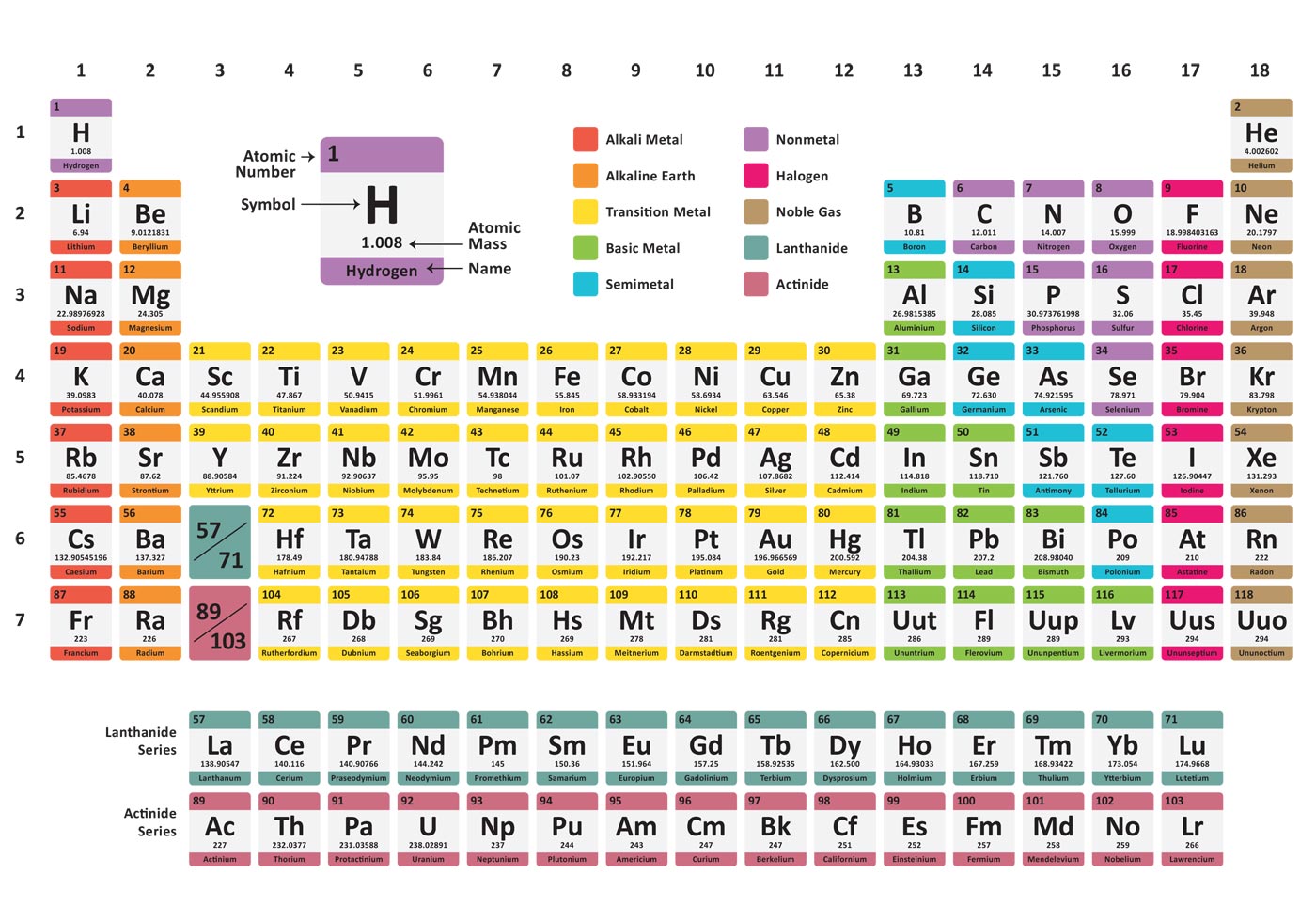- To explain why helium and all other noble gases are generally unreactive and monatomic, we have to consider their electronic structures. Atoms of group 0 have complete outer shell. For helium, its outer shell is the first shell, which is complete with just 2 electrons.
- Chemicals come in either solid, liquid or gas. There is much monoatomic gas definition, one of them is noble gases. It is nonreactive and even one of the least reactive elements from all the chemical in the periodic table. There are six gases as noble gases. They are helium, neon, argon, oganesson, krypton, xenon, and radioactive radon.
The noble gases, from the German word Edelgas, are a family of nonreactive monoatomic gases found on the far right of the periodic table. Noble gases include helium, neon, argon, krypton, xenon, radon, and the latest, ununoctium, with an atomic number of 118, only three atoms of which have been observed over the course of experiments running from 2002 - 2005. Helium, the most common noble gas, makes up about 1/4th of all atoms in the universe. Argon is the most common noble gas here on Earth, where it makes up 1% of our atmosphere. Helium is also available in substantial quantities from underground natural gas reserves.
Noble gas, any of the seven chemical elements that make up Group 18 (VIIIa) of the periodic table. The elements are helium (He), neon (Ne), argon (Ar), krypton (Kr), xenon (Xe), radon (Rn), and oganesson (Og). The noble gases are colourless, odourless, tasteless, nonflammable gases. The noble gas helium has many applications owing to its distinct physical and chemical characteristics, namely: its low density, low solubility, and high thermal conductivity. Chiefly, the abundance of studies in medicine relating to helium are concentrated in its possibility of being used as an adjunct therapy in a number of respiratory ailments such as asthma exacerbation, COPD, ARDS, croup. The noble gases come at the end of each period in the periodic table and are the least reactive of all the elements. The outermost energy level of the helium atom is fully occupied by two electrons.
In industry, noble gases are used as an inert atmosphere for processes where reactivity with air is a problem. The noble gas argon is often used in light bulbs, where it provides an inert atmosphere for the electrified tungsten filament. Noble gases are often a superior alternative to another gas used to provide a nonreactive atmosphere, hydrogen, because of their lack of flammability. Neon is used for lighting applications, and krypton is used for lasers.
The noble gas helium is among the most versatile, and is used in applications from blimps to cooling superconductors. Helium has the lowest boiling point of all the elements, at 4.22 Kelvins, or only a few degrees above absolute zero. Liquid helium is extremely cold and can be used as a coolant of last resort, when liquid nitrogen is insufficient. Let's also not forget that helium may be inhaled to make your voice squeaky.
Helium Is A Noble Gas Used

Helium Is A Noble Gas Whereas Beryllium Is A Metal
The reason for the noble gases' extremely low reactivity is given by their full valence electron shells - their outer electron shells have all the electrons they can hold, making their electronegativity negligible - not in search of complementary electrons, they have little propensity for chemical bonding. However, xenon, krypton, and argon compounds can be formed under exotic conditions in a laboratory.
